We're an affiliate
We hope you love the products we recommend! Just so you know, we may collect a share of sales or other compensation from the links on this page at no additional cost to you. Thank you if you use our links, we really appreciate it!
Bulldogs are an iconic breed known for their distinctive tough-looking face which sets them apart from the crowd. Our modern-day Bulldogs have more to offer than their wrinkly looks.
The French Bulldogs were chosen as the most popular breed in the US according to statistics by the American Kennel Club (AKC).
This is enough evidence of how the stable temperament and lovable nature of these dogs have got them fancied in many families like never before.
Keep reading this comprehensive post to discover everything you need to know about the Bulldog dog breed – from their history, and types, to their distinctive physical features, and much more.
What Is a Bulldog? – Brief History of Bulldogs
The present-day Bulldogs can trace their history from a lineage of Mastiff dogs who were used in the forbidding bull-baiting sports in England.
Bull baiting was a popular bloody sport where chained bulls were pitted against fierce dogs for a fight in which case most trained dogs would win the fight.
The handlers trained these muscular dogs on how to ‘play low’ by keeping their head closer to the ground when approaching an immobilized bull.
This was to make sure they were not caught by the bull’s sharp horns and thrown in the air, an occurrence that saw most untrained dogs getting seriously injured, maimed, or killed.
Once the bulldog was able to catch the bull by its nose and pin them down, the dog would then be declared the winner, and the owner was to receive an appreciation from the audience.
The bulldog needed immense jaw power to survive being pitted against strong cattle. The breeders would selectively breed the Old English Bulldogs for their short muzzle and lower jaw.
The Old English Bulldogs had to be fierce, brave, and insensitive to pain. These characteristics would slowly evolve to become one of the most distinguishing features of the then Bulldogs.
Bullbaiting was banned in 1835 after the adoption of the Cruelty to Animals Act in the UK, which outlawed the keeping of any pit or house for holding animal fights.
Many people assumed the good old Bulldog would be wiped out due because they were left without a job or purpose, thanks to the new law.
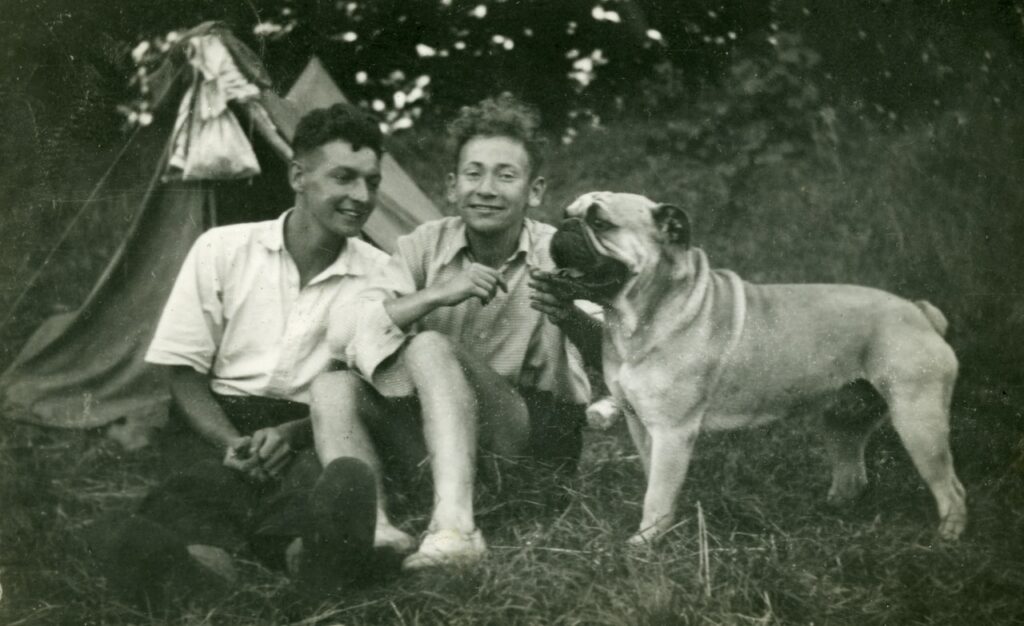
Dog lovers started breeding these canines for their tender personalities rather than the ferocity needed in bullbaiting pits and they made an appearance to the 1859 dog show.
The Bulldog Club was formed in 1864 by a man known as R.S. Rockstro, to preserve and improve the Old English Bulldog by turning them into loyal family companions.
American breed enthusiasts imported Bulldogs to the United States, and in 1880, a brindle and white Bulldog named Donald, was exhibited in New York state.
The American Kennel Club recognized the first Bulldog named Bob in 1886, and it wasn’t until four years later that the Bulldog Club of America was formed by Kendall in Massachusetts.
5 Interesting Facts About Bulldogs
1. Bulldogs are not great swimmers
Bulldogs do not have the inherent abilities to navigate through water without the support of a doggy life jacket.
This is because of their short and small hind legs which aren’t equipped to hold their bodies afloat and keep the head high while underwater.
2. Bulldogs almost became extinct
Bulldogs were specifically bred for bullbaiting sports, and the outlawing of these gruesome activities in 1835 left these fierce dogs with no immediate job to do.
Even though the number of Bulldogs in England saw a massive decline, a group of dog lovers never wanted to see this breed go into extinction.
The ancient breeders selectively bred the modern Bulldogs by focusing on their gentle temperament and eliminating their ferocity in bullbaiting rings.
3. Most Bulldog expectant mothers get a Cesarean section
Bulldogs have large blocky heads which makes it necessary for most expectant mommies to deliver through a Caesarian section (C-section) to reduce the mortality rate of upcoming puppies.
It is estimated that only 42.11% of Bulldogs can deliver naturally during their first pregnancy and 31% can have natural parturition thereafter.
4. Bulldogs are a favorite breed for many celebrities
Bulldogs have grown over the years to become one of the most beloved family dogs in America, and it may come as an expectation that many celebrities have a sweet spot for these lovely canines.
5. Bulldogs are affectionate and loyal
Modern-day bulldogs are very different from their ancestors. They are one of the most affectionate breeds you can find with the ability to blend in a family setting with kids.
Bulldog Puppies
Owning a Bulldog puppy can be an adventurous experience filled with joy and unforgettable moments.
If you’re adopting a puppy from a reputable breeder, make sure they have received all the required vaccines and are weaned from their mommy.
If you have an adult Bulldog who has delivered a litter of puppies, you need to place them in a convenient whelping box for the start.
The box needs to be large enough to accommodate the Bulldog mother and all her puppies. They should lie down comfortably and walk within the box without feeling constrained.
Depending on the season, make sure there’s a nearby heat source to keep the dogs warm up and provide enough nourishment for the young canines.
You’ll want to start socializing your Bulldog puppies right from a young age to prepare them for their new world and build their confidence when interacting with every member of the family.
5 Bulldog Types That Are Suitable for Families
1. English Bulldog (The Bulldog)
The English Bulldog, or simply the Bulldog, is known to many by their low-swayed, dense-set body, large head, and characteristic scowl.
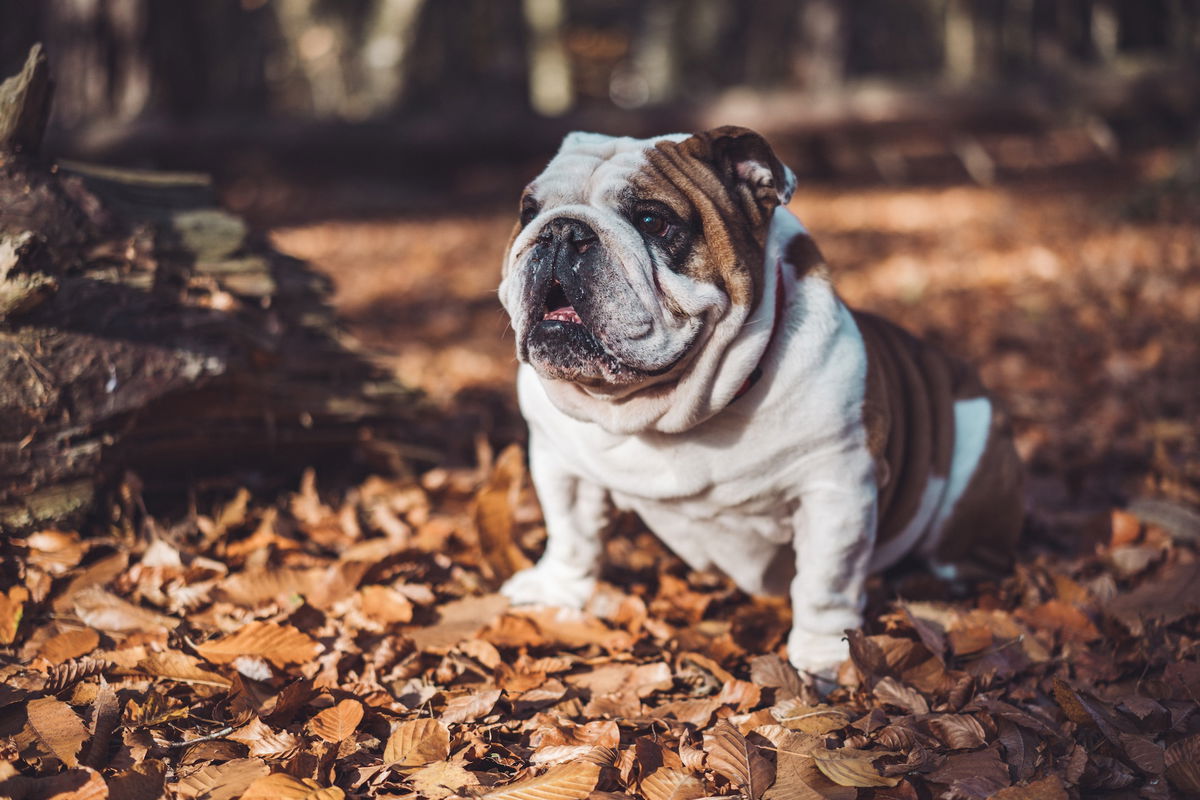
These dogs were transformed from being fierce fighters in bull-baiting rings to the sweet family pets they are today.
The English Bulldogs are popular school mascots and exceptional family pets for many households around the world.
2. French Bulldog
The French Bulldog comes from a lineage of the English Bulldog by selective breeding in the mid-1800s. These little pups were bred in England and brought back to France by their emigrating owners.
It is widely believed that the French Bulldogs, or Frenchies, were bred alongside other small-sized dog breeds including the Pugs and small terriers.
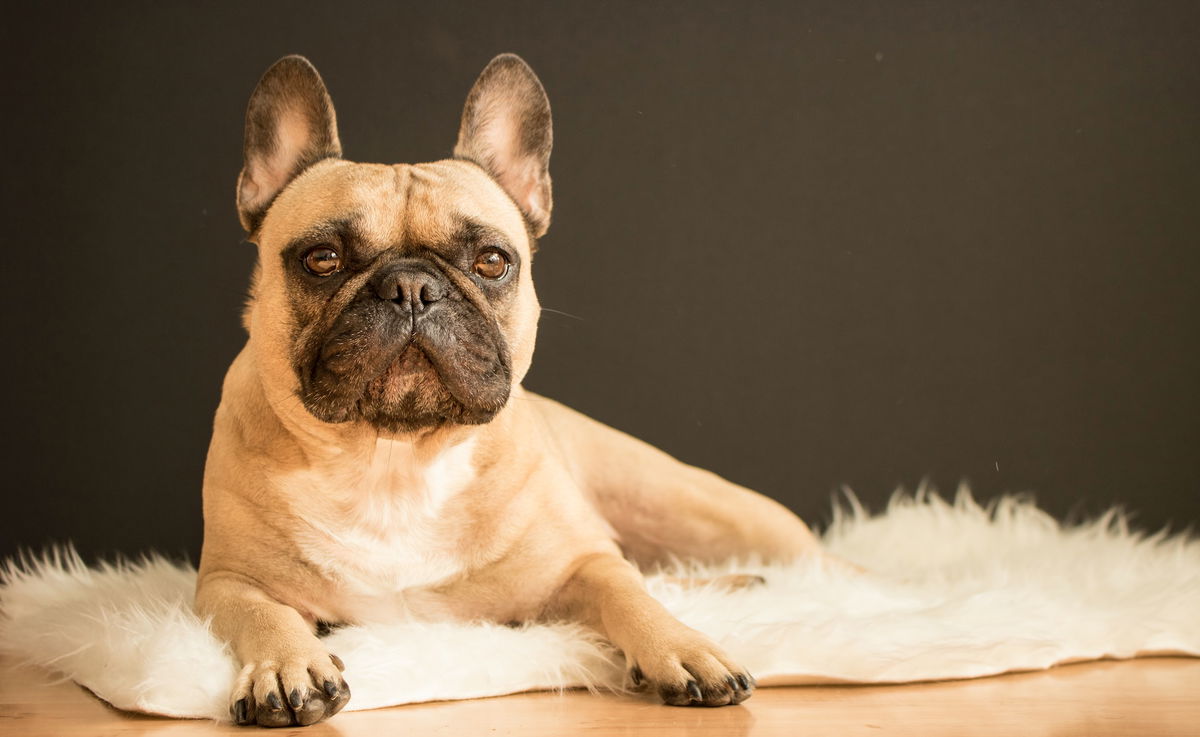
The newly bred ‘Bouledogue Français’ became an instant hit in Paris, and eventually spread within Europe and into the US, where they have since become the most popular dog of 2022.
French Bulldogs have a composed temperament, highly versatile, and playful, which makes them a good breed for children. They aren’t the best choice for guard dogs because of their outgoing persona.
3. American Bulldog
English emigrants who came to the United States in the 1800s brought everything with them, including their beloved Bulldogs.
These dogs would assist their owners in performing various tasks including working on farms, and they would also serve as guard dogs to protect homesteads.
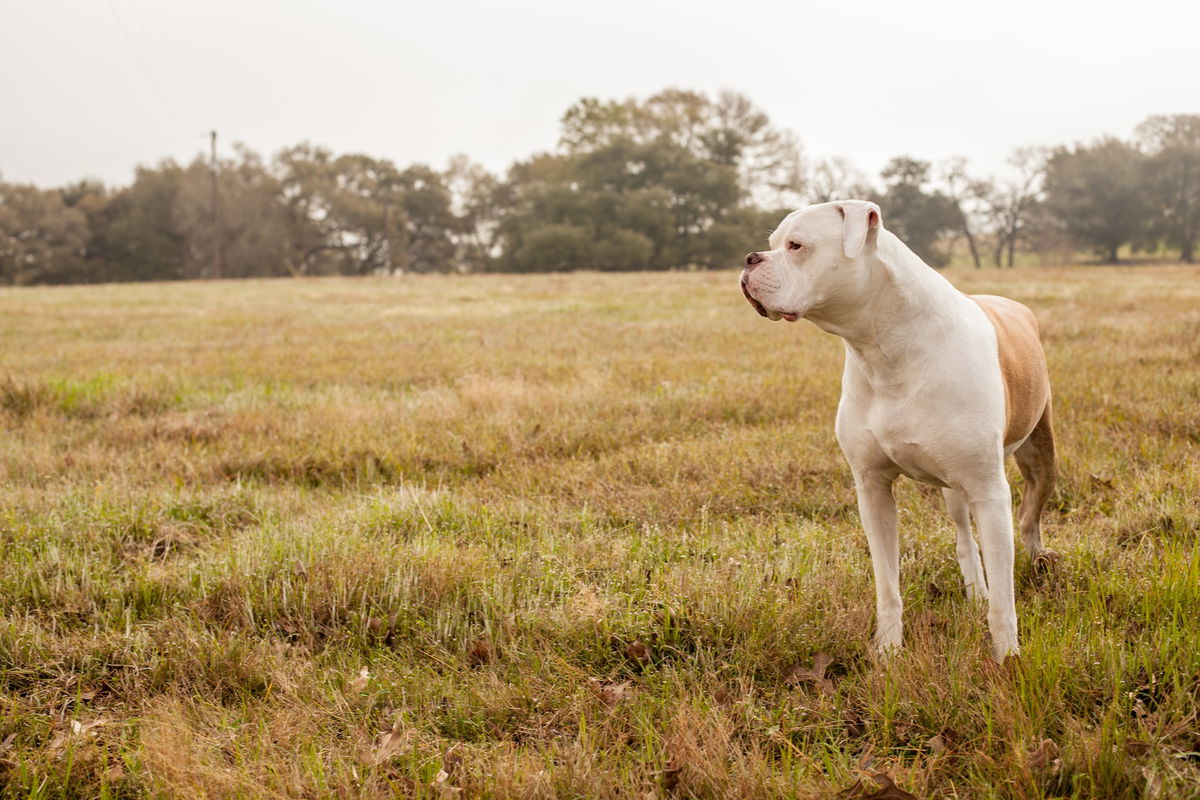
This breed evolved on American soil and they were later known as White English Southern Bulldog before gaining the name American Bulldog.
American Bulldogs are courageous, they show unwavering loyalty to their human companions, and they can do well in a family setup with kids.
4. Olde English Bulldogge
The Olde English Bulldogge is a cross-breed between the English Bulldog and the American Pitbull Terrier, American Bulldog, or the Bullmastiffs.
The original breeders of this dog intended to recreate the Old English Bulldog which were used in Bullbaiting rings in ancient times.

These dogs are more athletic and they possess a greater stamina compared to other modern-day bulldogs.
Olde English Bulldogges are loyal, defensive, and meek, meaning they are great for families but also sporty dog owners.
5. Bullmastiff
These adorable large-sized canines come from a cross between Mastiffs and the now-extinct Old English Bulldog. They were originally developed for their stealth to help wardens stop poachers from stealing
Despite their history, these dogs have become popular among many households, thanks to their cool temperament.

Bullmastiffs are great for both adults and children as well as other pets. These dogs are not naturally aggressive without intimidation, but they can make excellent guard dogs.
Due to their large size, Bullmastiffs need proper care to develop good manners.
Bulldog Physical Characteristics
Bulldog size, weight, and coat characteristic chart
| Bulldog Type | Males Size (Inches) | Females Size (Inches) | Males Weight (Pounds) | Females Weight (Pounds) | Coat Colors | Coat Texture |
| English Bulldog | 14 – 16 | 12 – 16 | 51 – 55 | 40 – 44 | Brindle, White, Fawn, Pied, red, fallow, black marks, white marks. | Short, smooth, fine, glossy |
| American Bulldog | 20 – 26 | 20 – 24 | 60 – 120 | 60 – 100 | Tan, lilac, blue, solid white, Brindle, Fawn | Short, neat, dense |
| French Bulldog | 11 – 13 | 11 – 12 | 20 – 28 | 16 – 24 | various shades of fawn, brindle, cream, or white with brindle patches | Short, fine, silky, shiny |
| Bullmastiff | 25 – 27 | 24 – 26 | 110 – 130 | 100 – 120 | Red, brindle, fawn, and their mixtures | Sleek, dense, short |
| Olde English Bulldogge | 17 – 20 | 16 – 19 | 60 – 80 | 50 – 700 | Brindle, fawn, red, black, and white | Short, tight, and medium to short. |
Bulldog Temperament and Personality
Our current Bulldogs are very different from what their forefathers were. When you picture a Bulldog in your mind, you are less likely to imagine one that can bring down a mature bull.
Thankfully, that’s not the case anymore since modern Bulldogs have progressed to become one of the best human companions ever. They are lovers and not fighters anymore.
Bulldogs are generally patient when dealing with kids, a character that makes them a perfect companion for most households.
If you live in a multi-pet home, then you don’t have to worry about adding a Bulldog because they can get well with other furry members too.
First-time dog owners can hardly go wrong with a Bulldog. You’re literally getting yourself a lover of belly rubs who needs just enough attention and gives back the affection.
It’s however important to note that the temperament of an individual dog can be affected by several factors including socialization and obedience training.
We strongly recommend bringing your dog up in the best way possible by training them on various aspects of life including how to behave when approached by people.
Bulldog Intelligence
Bulldogs are not top in the chart when it comes to canine intelligence. They have enough intellectual capacity to grasp basic obedience training and not complicated tricks.
It may take a little more time to train Bulldogs since they can be slower in concentration than some of the top trainable breeds.
The trainer needs patience and consistency when training Bulldogs and a grasp of the areas upon which they struggle a lot.
However, it’s good to remind you that Bulldogs are smart in their own rights because they shine in many other things.
These dogs can be great watchdogs and they have a knack for recognizing human emotions which can help comfort their favorite humans.
Bulldog Health and Lifespan
Average lifespan
The average life expectancy of the English Bulldog is within the range of 8 – 10 years.
In comparison to other breeds, Bulldogs have a slightly shorter lifespan which can be maximized by proper care.
Common health issues and genetic disorders
The Bulldogs’ shorter life expectancy can be attributed to poor health conditions related to poor breeding practices, and genetic disorders.
The following are some of the common health problems and genetic disorders affecting Bulldogs:
- Brachycephalic Airway Syndrome
- Skin Problems
- Difficulty breathing
- Eye Problems
- Bone and joint diseases
- Head shakes
- Allergies
- Thyroid diseases
- Heart Diseases
- Cancers
- Dry Eye/Keratoconjunctivitis Sicca (KCS)
Preventative measures for good health
Plan regular visits to the vet to have your Bulldog examined for potential health complications. Knowing the diseases early enough gives room for prompt treatment which increases the possibilities of recovery.
Follow up with your vet on the vaccination schedule and ensure your Bulldog receives all core vaccines and the recommended yearly boosters to keep them immunized against communicable diseases.
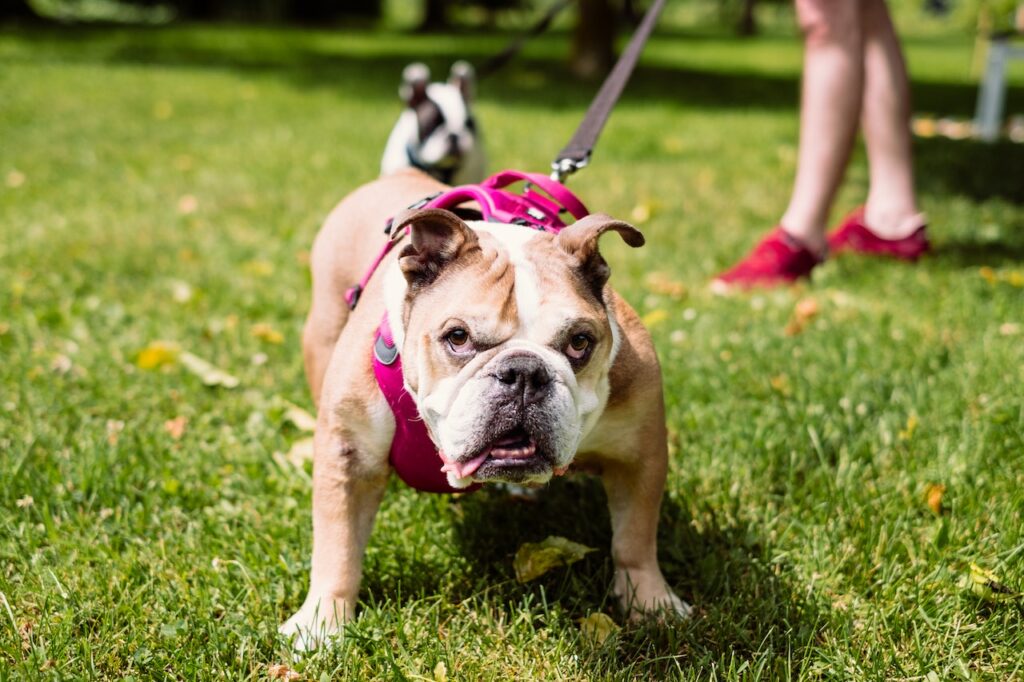
It’s essential that you maintain a healthy weight on your Bulldog by limiting carbohydrate intake and removing unhealthy fats from their diet.
Bulldogs can be sensitive to high temperatures, so you’ll want to cool them down by limiting exposure to the sun as much as possible, especially during the summertime.
Bulldog and Allergies
Bulldogs are light shedders. They shed minimal to average amounts of fur throughout the year so you’re unlikely to deal with messy hair.
This is just one more reason why Bulldogs are loved since allergic individuals are not likely to get overwhelmed by excessive amounts of fur.
However, you need to watch out for other allergens including pet dander, and protein from saliva and urine.
Bulldog Grooming Needs
1. Coat maintenance
For proper coat care, we recommend brushing your Bulldog using a soft bristle brush at least once a week to straighten their fur and prevent matting.
Regular brushing also helps in distributing natural oils on the skin which prevents drying and keeps the fur looking soft and shiny.
The wrinkled skin on Bulldogs puts them at a higher risk of getting skin issues, so it is recommended to keep them clean.
You can do this by wiping their face with a clean damp towel while getting into the creases to remove dirt and debris.
Once you’re done with washing the folds, rub the face with a dry soft towel to remove moisture which helps prevent the buildup of bacteria and other harmful pathogens.
Talk to your veterinarian about the possibility of using soothing ointments if your Bulldog’s skin is too dry or infected.
Some Bulldog parents use aloe vera-infused baby wipes to clean their pup’s face to remove pathogens in the wrinkles.
It’s recommended to bathe your Bulldog once every week or six weeks depending on your dog’s conditions using canine-specific shampoo.
Remember not to wash your Bulldog too frequently since doing so can strip off the natural oils from the skin and lead to itchiness and dryness.
2. Ear cleaning
Bulldogs are prone to ear infections because their foldable ears can attract moisture and harbor the growth of harmful bacteria.
We recommend inspecting their ears regularly to check for the possibility of infections. Ask your vet about an ear-cleaning solution that can be used with a soft cotton ball to wipe the ear canal.
3. Nail care and dental hygiene
Nail trimming and dental care are two grooming requirements that are often overlooked by some pet parents.
Use a nail clipper or grinding tool to trim your Bulldog’s nails at least once or twice a month. Overgrown nails click on the floor when the dog walks, and they often lead to discomfort.
For proper oral hygiene, we suggest that you brush your Bulldog’s teeth using canine toothpaste and a soft toothbrush at least once a week.
Regular brushing helps to remove tartar and prevent the growth of bacteria which can both cause dental diseases. Start brushing your dog’s teeth at a tender age so that they get accustomed to it.
Bulldog Exercise and Activity Levels
Daily activity needs
Even though Bulldogs have the natural desire to relax than to exercise, they still need regular workouts to keep them in good condition and prevent them from becoming overweight.
Most adult Bulldogs can thrive with 20 minutes of daily exercise. Active adolescent Bulldogs can work out for slightly more minutes but it’s recommended to never go past 40 minutes.

Suitable activities and games for Bulldogs
- Walks and runs
- Playing fetch
- Social training
- Puzzle toys
- Hide and seek
- Sent work
Importance of mental stimulation
- Prevents boredom and depression
- Slows down mental decline in senior Bulldogs
- Enhances good habits and cuts down destructive behavior
- Fosters good relationship between the dog and the owners
Bulldogs Living conditions
Most Bulldogs will be contended with condo or apartment residences the same way they can appreciate a home with a spacious backyard.
This is because these wrinkly canines are easygoing and love creating their own fun both indoors and outdoors.
So, your house size, setting, and environment should never be a huge problem when it comes to owning a Bulldog. All you need is to make sure they have a cozy place to snuggle and nap.
Bulldog Training and Socialization
Bulldogs are highly social animals who cherish all moments spent with their much-loved humans and other pets.
It’s for this reason that you need to socialize your Bulldog early and get them to meet different pets, people, sights, sounds, and activities.
Early socialization is crucial in ensuring that your beloved Bulldog puppy develops into a well-rounded responsible adult.
You can start by enrolling them into a puppy kindergarten, inviting visitors to your home, taking them to doggy parks over the weekend, and going out for strolls to meet immediate neighbors.
Obedience training is another aspect that will help maintain a good relationship with your furry companion.
It’s through such training that your Bulldog will learn basic commands and be able to communicate with you more effectively.
Bulldog Diet & Nutrition
Nourishing your Bulldog with a consistent high-quality diet sets the foundation for good health and optimum development.
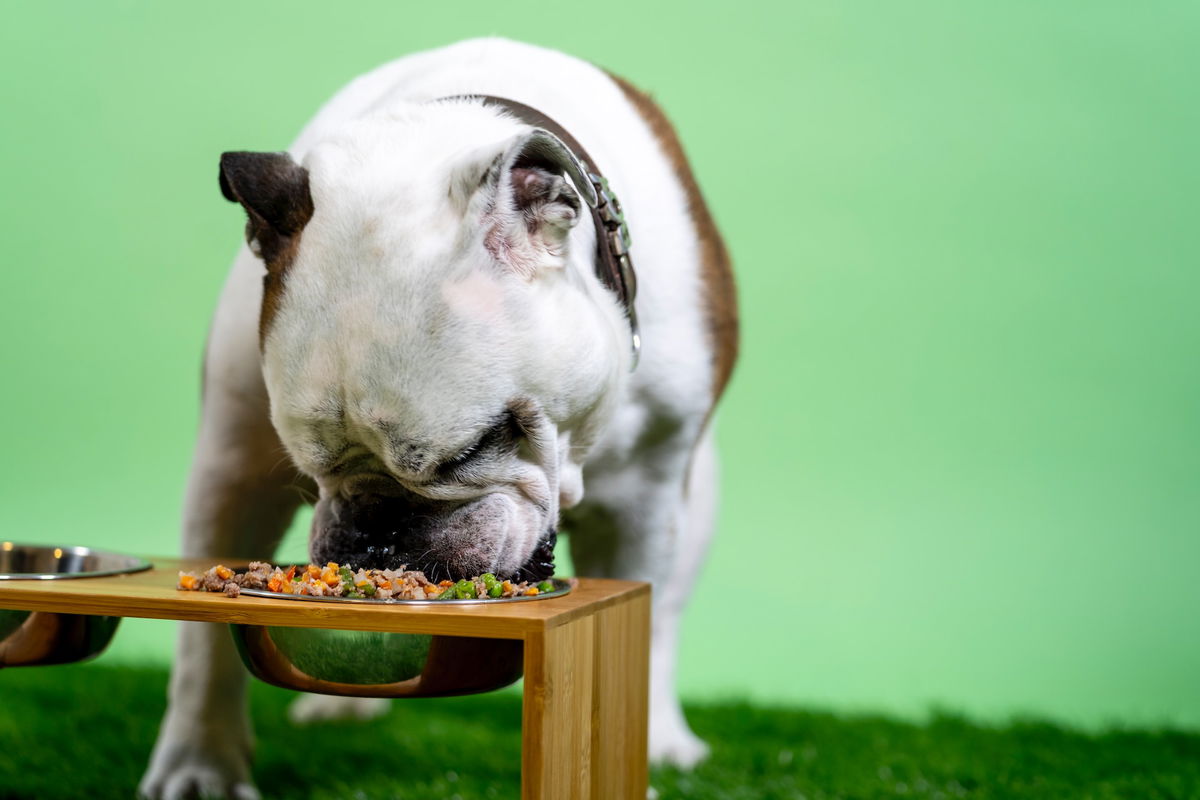
We recommend sticking to an all-natural diet of lean animal protein balanced with no more than 20% dog-safe fruits and vegetables.
If you suspect your canine friend has a negative reaction to certain foods, it’s best to consult with your vet for tailored advice. Remember to watch your dog’s portion to a healthy weight.
Bulldog Pregnancy & Litter size
The normal gestation period for an expectant female Bulldog is about 63 – 67 days, however, this can differ by as much as a week in individual dogs.
A typical Bulldog litter has 3 – 4 puppies. It’s however not uncommon for individual dogs to deliver more than four puppies at a go.
In 2015, Jay Dhaliwal’s English Bulldog named Gucci birthed a total of 16 healthy puppies in one delivery.
Remember that most Bulldogs will require assisted delivery through C-sections to ensure smooth parturition.
Conclusion
Modern-day Bulldogs are gentle and more affectionate than their fierce ancestors who were bred for the now-outlawed Bullbaiting sports.
The transformative journey of Bulldogs is a testament to the human’s capacity to rehabilitate an entire species from being ferocious fighters to becoming one of our best household companions.
With proper care, you can nurture these wrinkly dogs into well-rounded pups with a charming feeling for all family members.
Laura is the founder of Furs'n'Paws. She is a also a pet writer and expert with more than 20 years of experience of working with dogs and cats. She developed a very strong love for animals at a young age. Her passion led her to establish a thriving pet sitting and dog walking business in Dubai. As an expert in pet training, behavior, and nutrition, Laura is committed to helping pet owners and pet lovers by offering high-quality information on a wide range of topics.


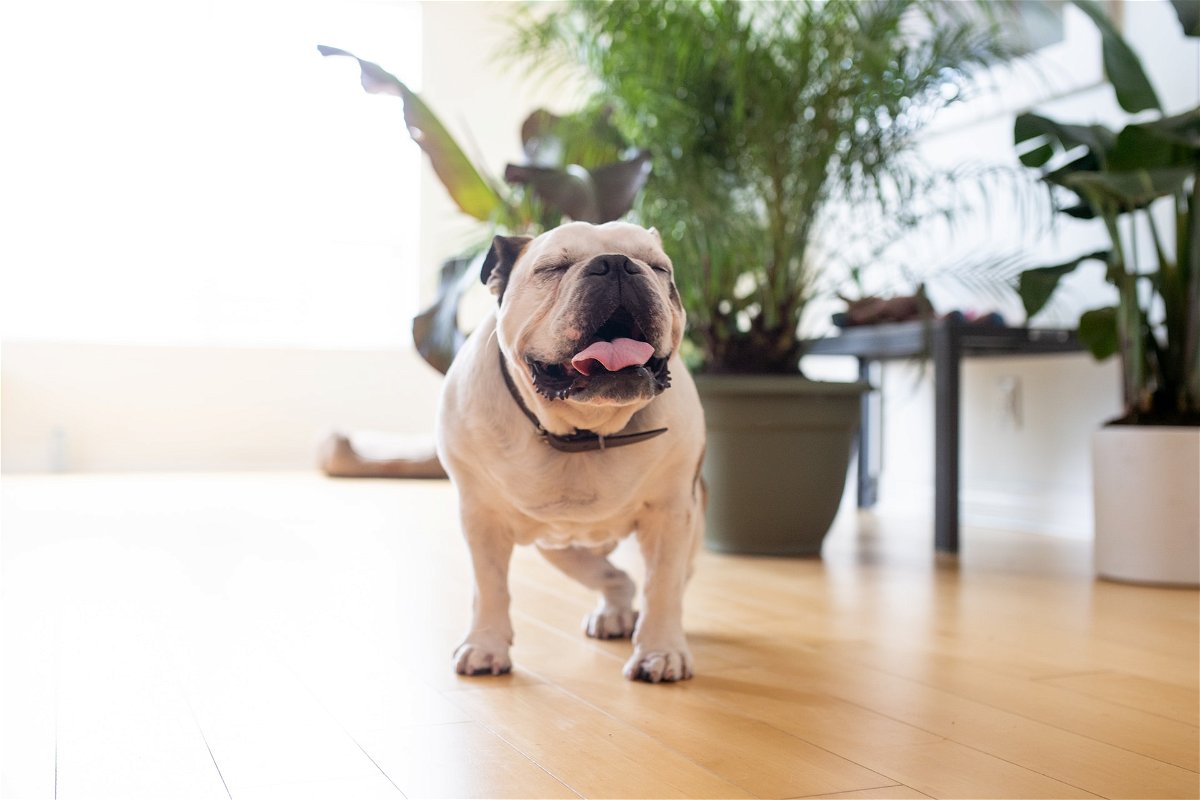
No responses yet